Blog
The Rise of Automation
At Forus-P we use a mixture of manual and automated tools to get a comprehensive look at all vulnerabilities facing you and your business.
With the rise of automation, the need for robust cyber security measures is more critical than ever before. As organisations strive to protect their sensitive data and digital assets, they are turning to automation technologies to bolster their defensive capabilities. The rise of automation in cyber security is revolutionising the way security teams detect, respond to, and mitigate cyber threats. In this blogpost we will explore the benefits, challenges, and prospects of automation in the field of cyber security.
The need for automation
As cyber criminals employ sophisticated attack techniques, manual cyber security practises are struggling to keep up with the rapidly evolving threat landscape. Human analysts face a daunting task of sifting through enormous volumes of data, investigating potential threats, and responding in real-time. This is where automation emerges as a powerful ally improving efficiency, and reducing response times.
Enhanced Threat Detection
Automation tools and machine learning algorithms excel at processing vast amounts of data and identifying patterns that humans may overlook. By using these technologies, organisations can enhance their threat detection capabilities. Automated systems can continuously monitor networks, endpoints, and applications, flagging suspicious activities or anomalies in real-time. This proactive approach empowers security teams to respond swiftly to potential threats before they can cause substantial damage.
Accelerated Incident Response
When a cyberattack occurs, time is of the essence. Manual incident response processes can be time-consuming, allowing attackers to exploit vulnerabilities and gain access to critical systems. Automation streamlines incident response by automating repetitive tasks, such as gathering forensic evidence, containing threats, and deploying patches or updates. By automating these processes, organisations can significantly reduce response times, limiting the impact of cyberattacks and minimizing potential losses.
Intelligent Threat Hunting
Traditionally, threat hunting has been a labour-intensive and time-consuming process. However, automation can revolutionise this aspect of cyber security as well. Automated threat hunting tools use artificial intelligence and machine learning algorithms to analyse vast datasets and identify hidden threats. By continuously scanning network logs, user behaviour, and system activity, these tools can proactively identify potential threats, hunt for indicators of compromise, and provide actionable insights to security teams.
Challenges and Considerations
While automation offers numerous benefits, its implementation in cyber security comes with certain challenges. Organisations must consider the ethical implications of automation, such as the potential for false positives or false negatives, and the need for human oversight. Additionally, automation technologies must be regularly updated and trained to adapt to emerging threats, as attackers continuously evolve their tactics. Furthermore, organisations must address concerns around data privacy, compliance, and the potential for malicious actors to exploit automated systems.
Conclusion: Strengthen Defenses
Automation is reshaping the field of cyber security, empowering organisations to strengthen their defences against an ever-evolving threat landscape. By leveraging automation tools, organisations can enhance threat detection, accelerate incident response, and improve overall cyber security posture.
How can Forus-P Help?
At Forus-P, we specialise in providing top-tier cybersecurity solutions tailored to your unique needs. Our team is dedicated to protecting your systems, ensuring your data stays secure, and helping you navigate the ever-evolving digital landscape. Let us help you enhance your cybersecurity with innovative, reliable solutions.
